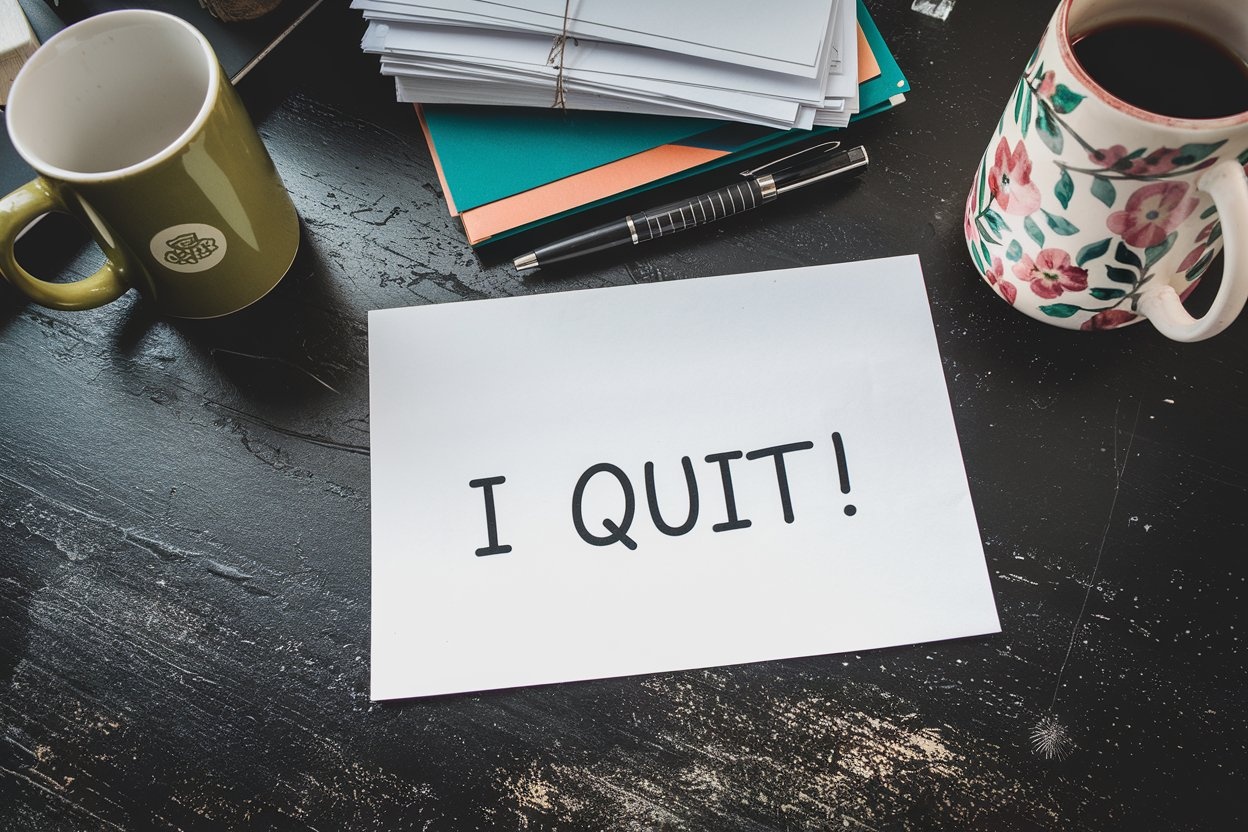
Humidity Monitoring
Humidity Monitoring is an important practice in art galleries, museums, and exhibition spaces where maintaining the right moisture levels in the air is crucial for protecting valuable artworks. It involves using special tools to watch and control the amount of moisture in the air, which can damage paintings, sculptures, and other art pieces if not properly managed. This is similar to how we might use a thermostat for temperature, but specifically for moisture levels. Art professionals use this term to show they understand how to protect and preserve artwork in display or storage environments.
Examples in Resumes
Implemented Humidity Monitoring systems for temporary exhibitions at major city galleries
Managed Humidity Monitoring and climate control for a collection of renaissance paintings
Supervised installation of Environmental Monitoring systems including Humidity Monitoring for new gallery space
Typical job title: "Art Installation Technicians"
Also try searching for:
Where to Find Art Installation Technicians
Professional Organizations
Job Boards
Professional Networks
Example Interview Questions
Senior Level Questions
Q: How would you develop a humidity monitoring strategy for a new museum wing?
Expected Answer: A senior candidate should explain the process of assessing the space, selecting appropriate monitoring equipment, establishing safe humidity ranges for different types of artwork, and creating emergency response procedures for environmental control failures.
Q: What experience do you have training staff on humidity monitoring protocols?
Expected Answer: Should discuss experience in creating guidelines, training materials, and hands-on training sessions for staff at different levels, including emergency procedures and regular maintenance routines.
Mid Level Questions
Q: What steps would you take if you noticed unusual humidity readings in a gallery space?
Expected Answer: Should describe a systematic approach: checking equipment accuracy, identifying potential causes, implementing immediate corrective measures, and documenting the incident and resolution.
Q: How do you maintain humidity monitoring equipment?
Expected Answer: Should be able to explain regular calibration procedures, cleaning protocols, and when to schedule professional maintenance or replace equipment.
Junior Level Questions
Q: What is the ideal humidity range for a general gallery space?
Expected Answer: Should know the standard range (typically 45-55% relative humidity) and understand that different materials may require different conditions.
Q: How often should humidity readings be checked and recorded?
Expected Answer: Should discuss daily monitoring routines, logging procedures, and the importance of consistent record-keeping for artwork preservation.
Experience Level Indicators
Junior (0-2 years)
- Basic humidity monitoring equipment operation
- Recording and logging environmental readings
- Understanding of safe humidity ranges
- Basic troubleshooting of monitoring equipment
Mid (2-5 years)
- Equipment maintenance and calibration
- Environmental control system operation
- Emergency response procedures
- Staff training on basic monitoring tasks
Senior (5+ years)
- System design and implementation
- Conservation environment strategy development
- Staff training program creation
- Emergency protocol development
Red Flags to Watch For
- No knowledge of basic humidity ranges for artwork preservation
- Unfamiliarity with monitoring equipment maintenance
- Lack of experience with environmental monitoring documentation
- Poor understanding of artwork conservation needs
Related Terms
Need more hiring wisdom? Check these out...

The Cryptic Secrets of Data-Driven HR: Metrics that Actually Matter (and Some That Might Make You Laugh)

Cutting HR Costs Without Sacrificing Quality: A How-To for Savvy Executives

Recruitment Metrics That Matter in 2025: Moving Beyond Time-to-Hire

